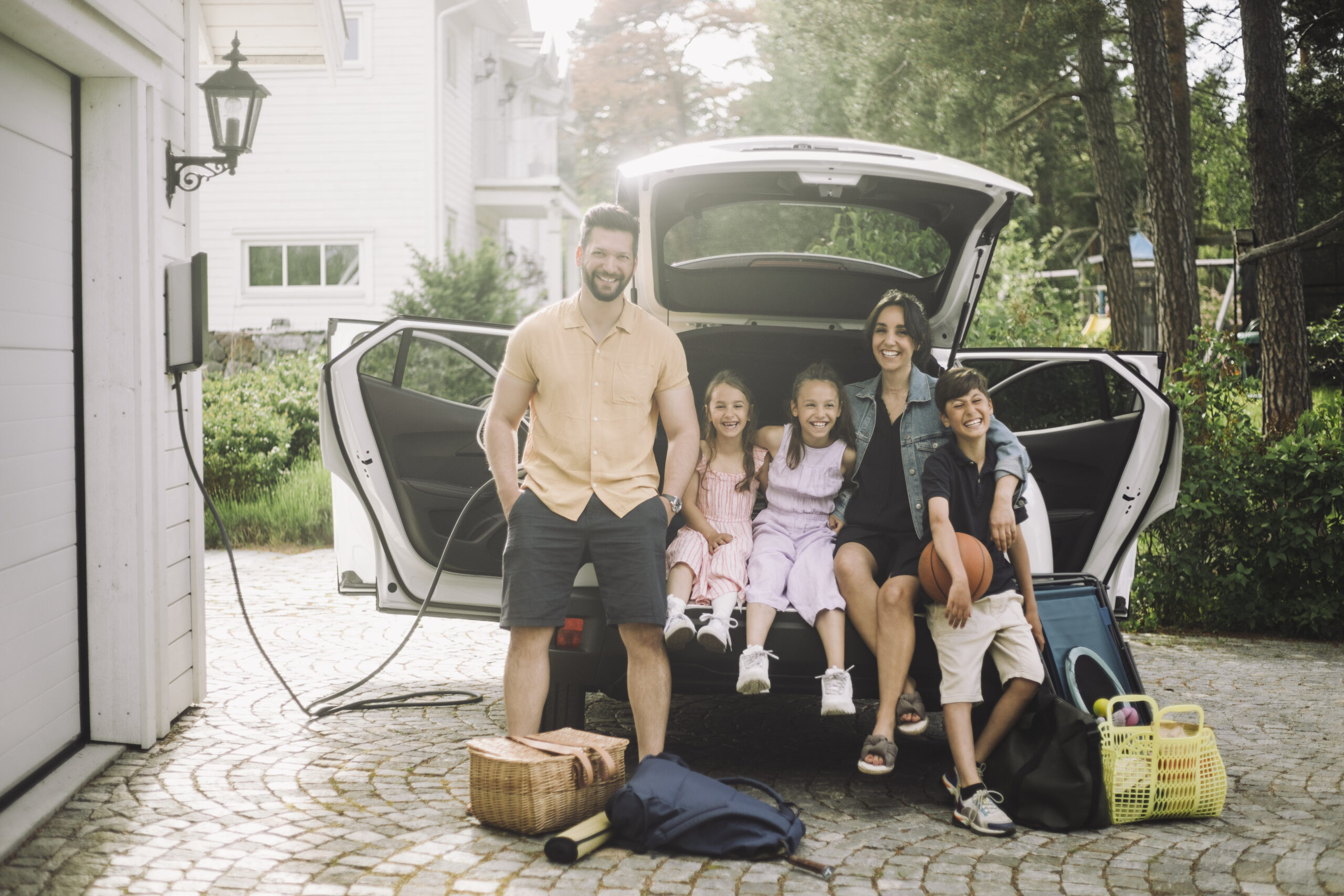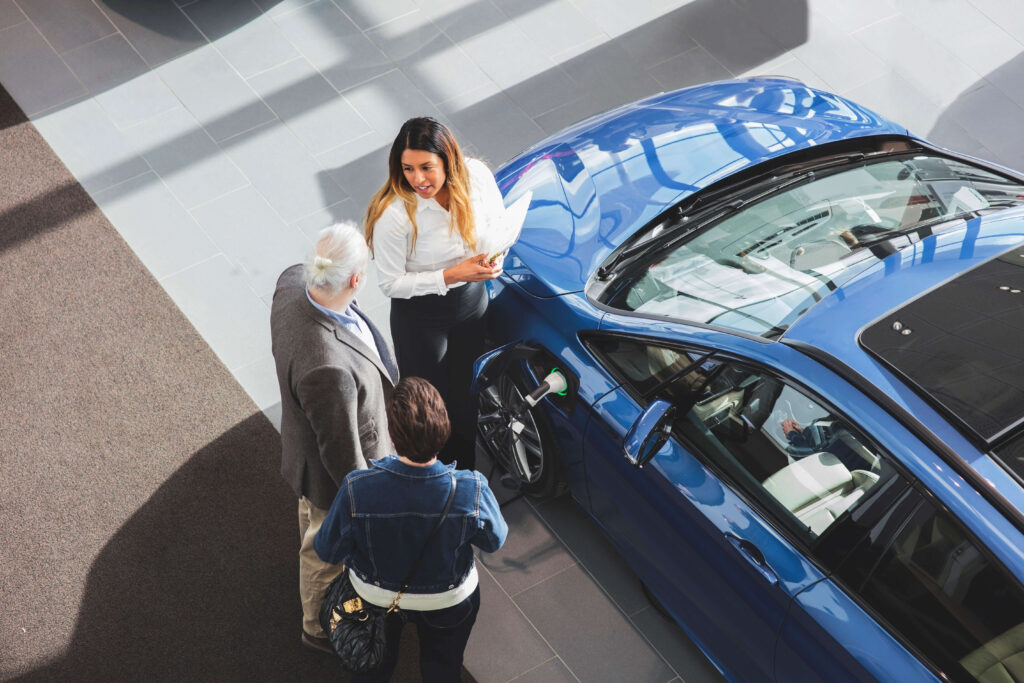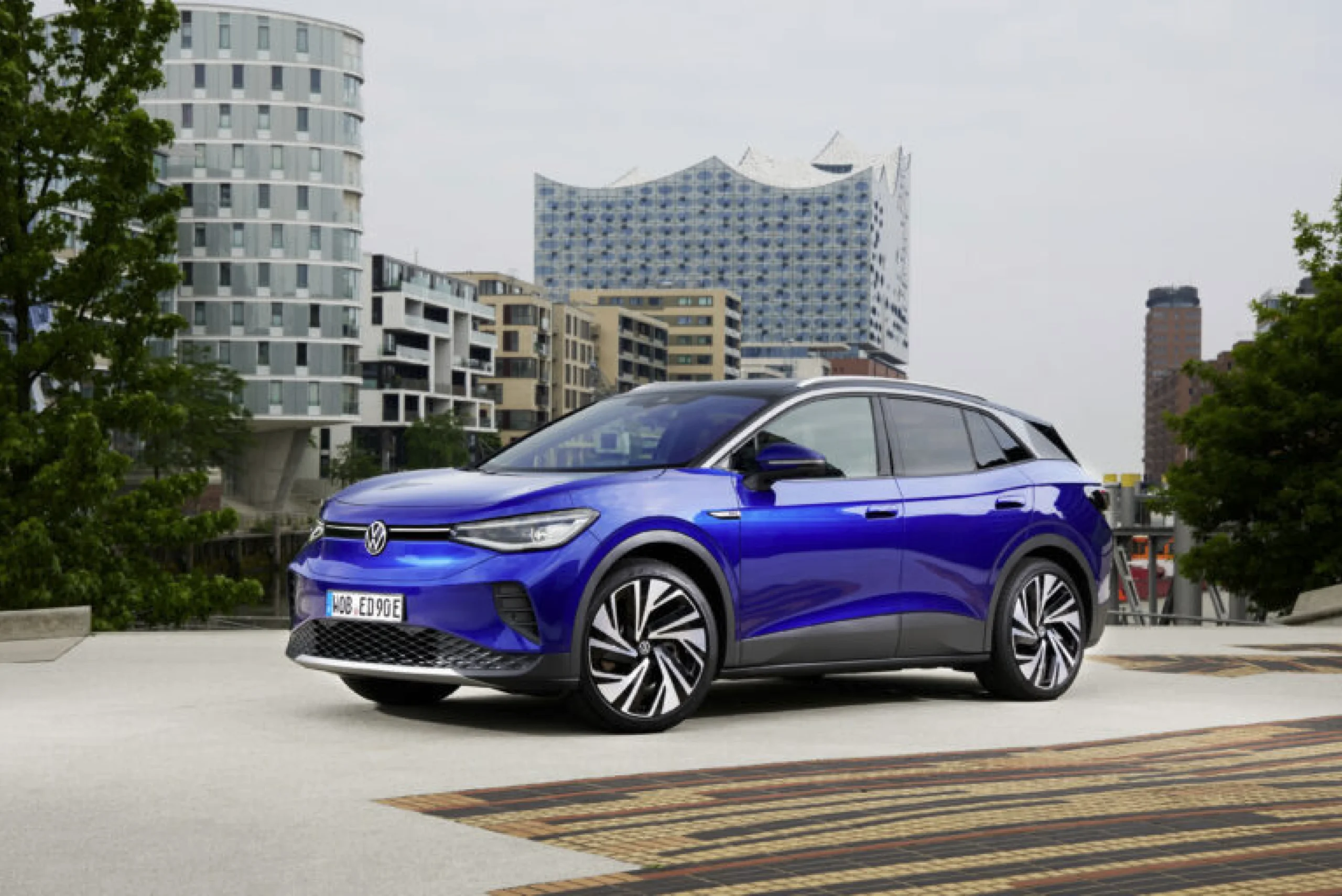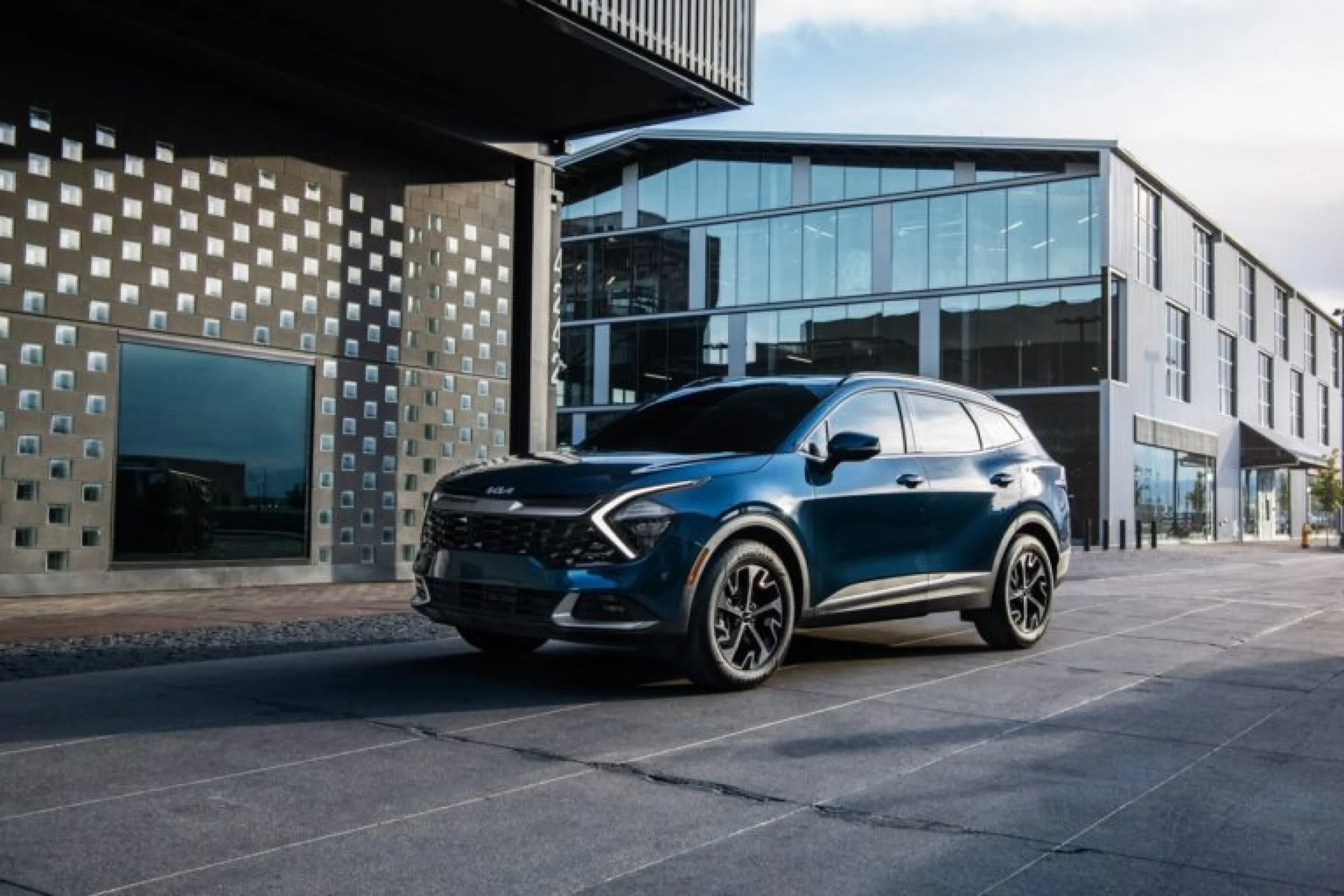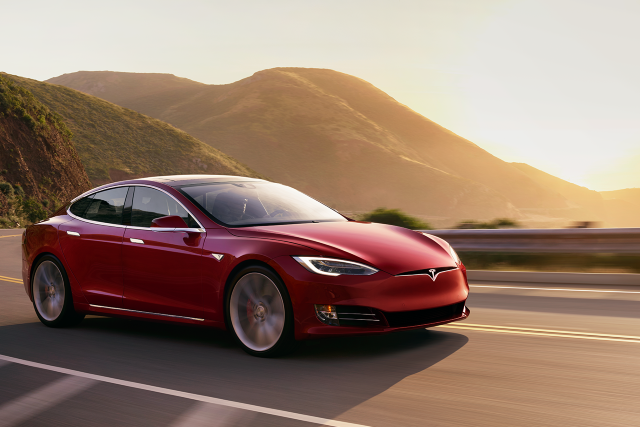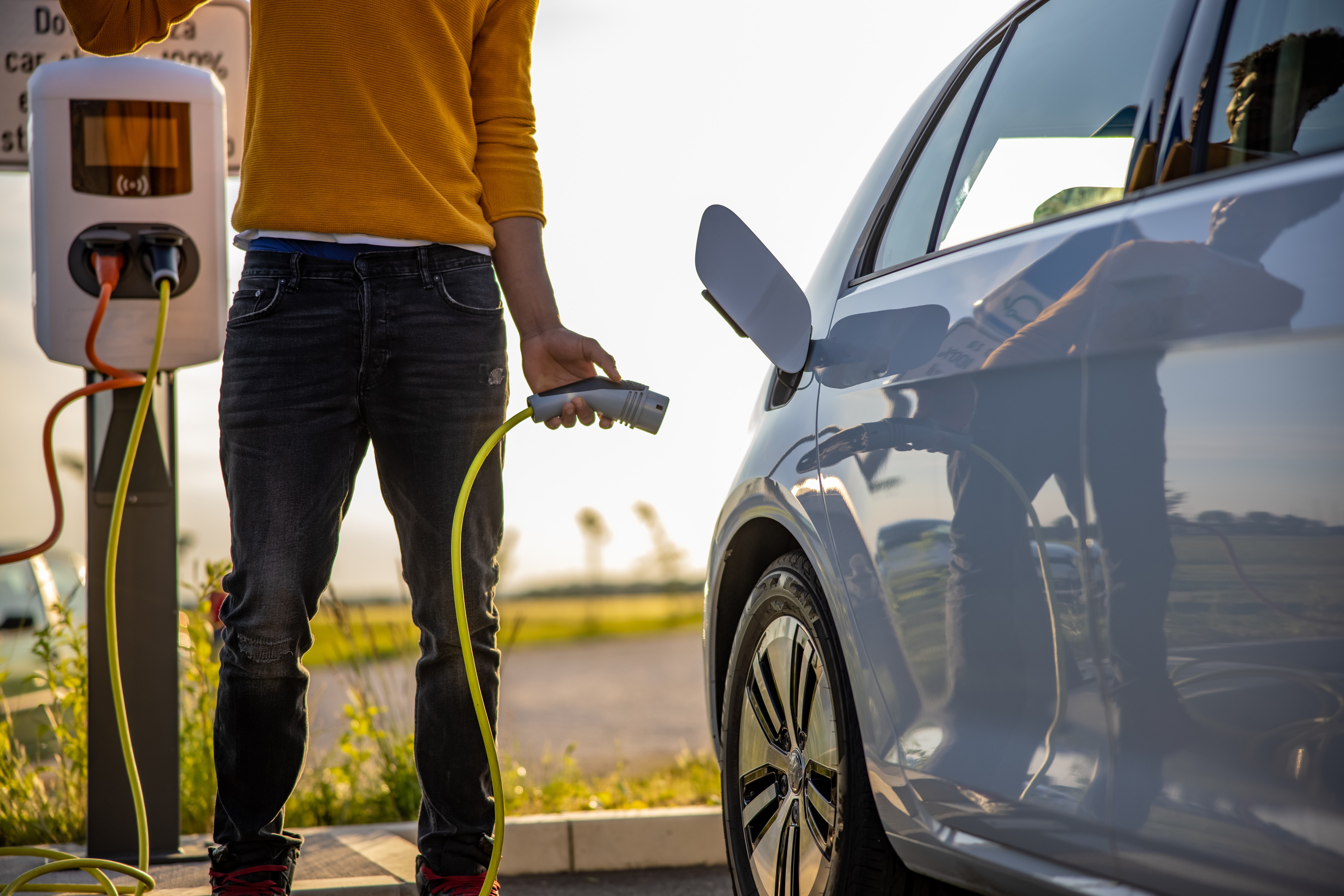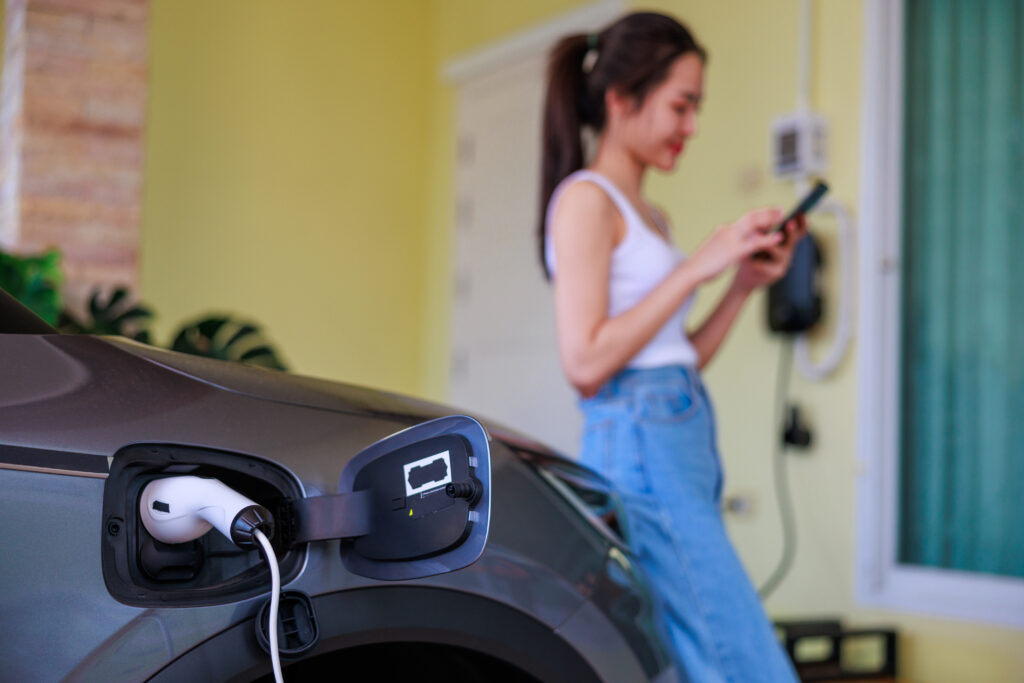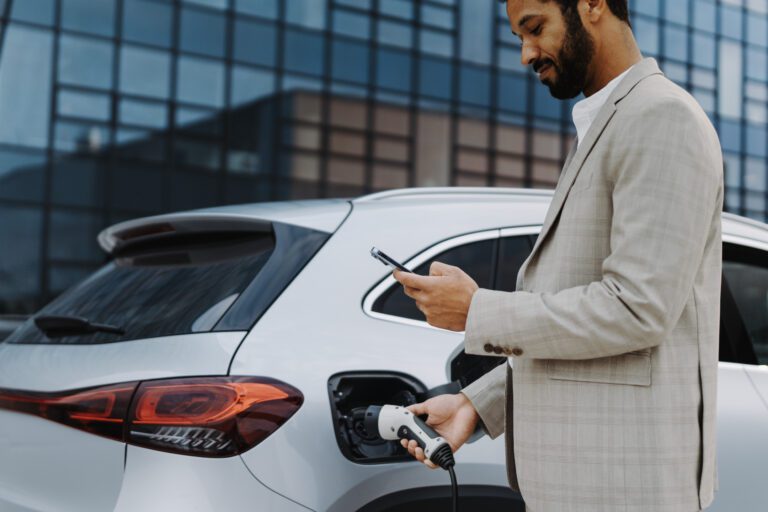
Range anxiety – the fear of running out of power before you can get to the next charger – holds some buyers back from switching to an electric vehicle. However, many of today’s EV batteries have a range of 300 miles or more, which is similar to what you would get from a gas-fueled vehicle on a full tank. In fact, the EVs with the longest range can go for more than 500 miles between charges.
As more charging stations become available and infrastructure changes to accommodate roads with more EVs, finding a charger is also becoming less of a concern. Still, there are a few easy ways you can extend your EV’s driving range between charges – and the battery’s overall lifespan.
Remember the 80/20 Rule
EV batteries are not like mobile phones or wearable devices, which should be drained and re-booted occasionally to run smoothly. To keep your car operating at its best, avoid charging it to 100% and try not to let it deplete below 20%.
The 80/20 rule suggests setting your charging app menu or timer to cut off at 80%. If your EV has a 300-mile range, then 80% is 240 miles, which still is plenty of driving distance.
Driving your EV to empty can strain the cells and reduce performance even after recharging. Conversely, keeping the batteries topped off all the time means that, over time, the maximum kilowatt-hours they can hold shrinks faster than they would otherwise, according to Witricity, which manufactures chargers.

Recharge at the Slowest Possible Power
The faster you charge, the faster your EV battery degrades. It is not an Olympic sprinter, but more like a marathoner, needing to manage energy to get to the finish line. Most EV owners recharge overnight, either with a lower power Level 1 or Level 2 charger.
Fast charging, also known as Level 3, and Tesla Superchargers, can boost batteries to up to 80% full in 30 minutes but could strain the battery if used regularly. So, unless you are on a long road trip and need to fill up fast while you take a coffee break and a stretch, stick to one of the slower charging methods.
Heating, Cooling and Other Comfort Features
Climate control – both heating and air conditioning – can decrease the range of an electric vehicle. A good tip is to park in the shade, if you can, keeping the car cabin cooler and reducing the need for AC when you start the vehicle. When it’s cold, use the heated seats if the car has them, rather than heating up the whole interior. You don’t have to worry about the navigation and infotainment systems, which affect battery range by only around 1 mile an hour.
If You Don't Drive Often or Drive Long Distances
AAA’s Recommendation: Whether you own an electric vehicle or a gas-powered car is up to you – and you should consider lots of factors in making that choice. No matter what type of vehicle you’re choosing, we recommend visiting a dealership, test driving one, and asking as many questions as possible to make an informed decision.
